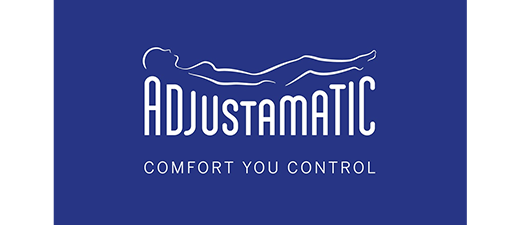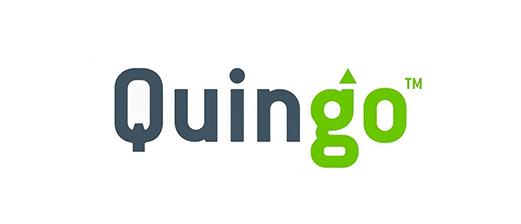Home lifts for sale and the differing types available
 Homelifts
Homelifts
If you’re looking to have a home lift installed in your home, there are a number different types on the market you should familiarise yourself with.
Aside from a couple of exceptions, the majority of them have been developed using commercial lift technology and the costs involved in requesting one for your home reflect both the complexity of the technology and how much work is required.
There are several types of home lift that can be used in a domestic setting – stairlifts, platform lifts, cabin lifts and ‘through floor’ lifts.
When choosing a home lift to support a disabled person, it’s best to consider a ‘through floor’ lift, which is what this section will focus on.
A stairlift isn’t appropriate for individuals with limited or no mobility as a standing transfer is required to get onto the stairlift and the user will almost certainly require assistance at all times.
Cabin lifts and platform lifts are an option for people with low to no mobility but these types of lifts can be difficult for the user to operate on their own. However, ‘through floor’ lifts are extremely versatile, safe, and have a sleek, modern design which makes them ideal for home use.
Electric ‘Through Floor’ Lifts
Starting with the cheaper end of the price spectrum, electric home lifts are quiet, economical and can be installed with minimal disruption. Several of the models can be installed in as little as a single day and are much more affordable unless you choose bespoke options which will naturally increase the price.
The electric home lifts start from about £10,000 for basic models.
Hydraulic ‘Through Floor’ Lifts
A typical ‘through floor’ lift price for a basic hydraulic home lift, based on a standard installation, is between £20,000 and £30,000. A hydraulic lift works using a pump which sends hydraulic fluid through to a jack and the lift is pushed up and down by a piston at its base.
This type of lift needs a lot of space, plus a separate machine room. Hydraulic lifts have more consumable elements and require more maintenance than any other home lift variants, resulting in a further increase in the long-term price of this type of domestic lift.
Traction ‘Through Floor’ Lifts
A traction domestic lift travels within a shaft using a counterweight and steel cables. A traction lift does not travel as smoothly as other lift types and maintenance costs are comparatively higher as cables need to be replaced every five years.
Typical prices will be between £25,000 and £35,000.
Vacuum ‘Through Floor’ Lifts
A vacuum lift is self-supporting with air pressure differential above and below the lift car allowing it to travel. This style of lift requires no shaft and no pit, however it does require complicated turbines and pumps to create suction and air pressure.
Vacuum lifts also tend to start around £25,000.






